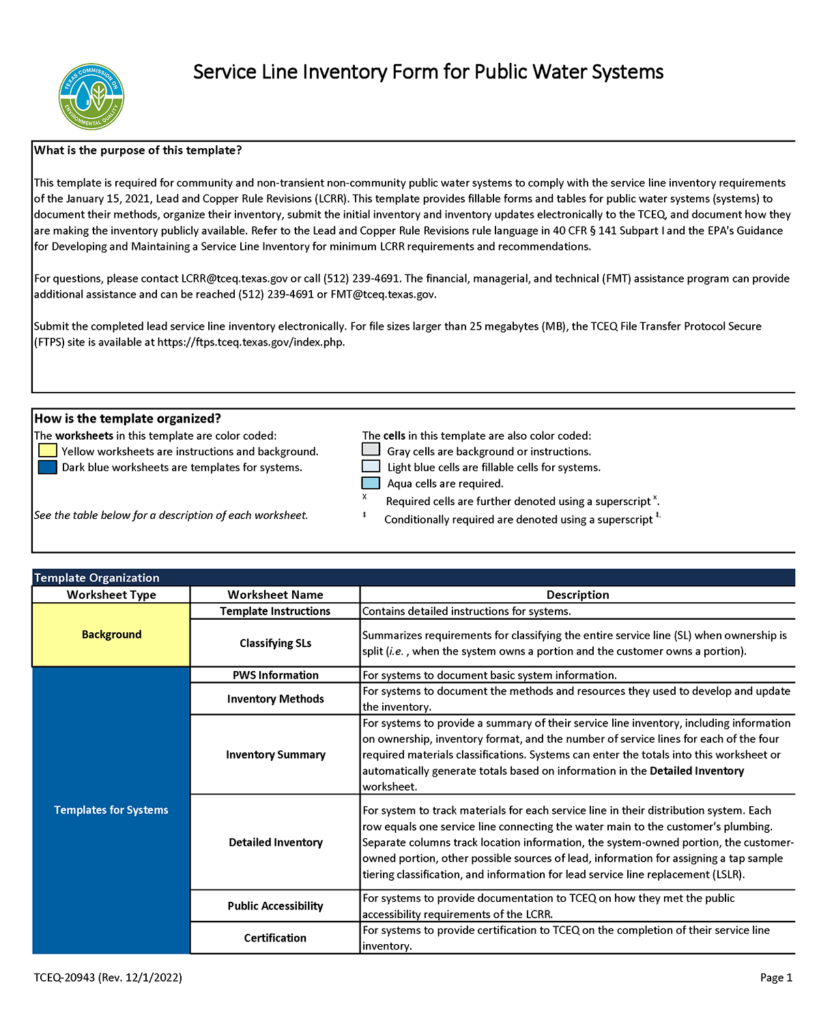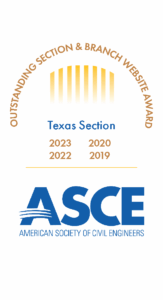Lead and Copper Rule (LCR) – Part 3
Author: Michael P. Gurka PE | ASCE Texas Section, Second Year Director at Large | Senior Project Manager, Quiddity Engineering, LLC
April 2023

The Environmental Protection Agency (EPA), through the final version of the Lead and Copper Rule Revisions (or LCRR), requires Public Water Systems (PWS) to comply with the LCRR starting October 16, 2024. The rule revision also applies to community water systems (CWS) and non-transient non-community water systems (NTNC). Designated PWS should continue to implement their current LCR sampling, compliance, and reporting requirements; however, new changes are on the horizon.
The LCRR introduced several significant changes to the existing Lead and Copper Rules. These include the creation of a comprehensive lead service line inventory and replacement plan, additional testing in schools and childcare facilities, and a new trigger level for lead sampling, which is intended to initiate improvements to the PWSs at lower lead levels. The driving factors behind the EPA’s revisions are identifying the most at-risk communities and protecting children from lead exposure.

Texas Commission on Environmental Quality (TCEQ) recently released a template for PWS to utilize when connected to the public water distribution system. The TCEQ inventory template consists of an Excel spreadsheet which must be submitted electronically to the TCEQ. A link to the template, which also includes several guidance tabs, is now available on the TCEQ Drinking Water website under the heading “Service Line Inventories.”
PWS should organize its inventory, and submit the initial inventory and inventory updates electronically to the TCEQ. All information obtained will need to be organized and documented on the service line inventory form. TCEQ is developing guidance documents and resources, including Service Line Inventories for Public Water Systems (RG-593), for preparing and reporting LCRR service line inventories. According to the TCEQ website, this form is not available but coming soon.
Reference: https://www.tceq.texas.gov/drinkingwater/chemicals/lcrr



